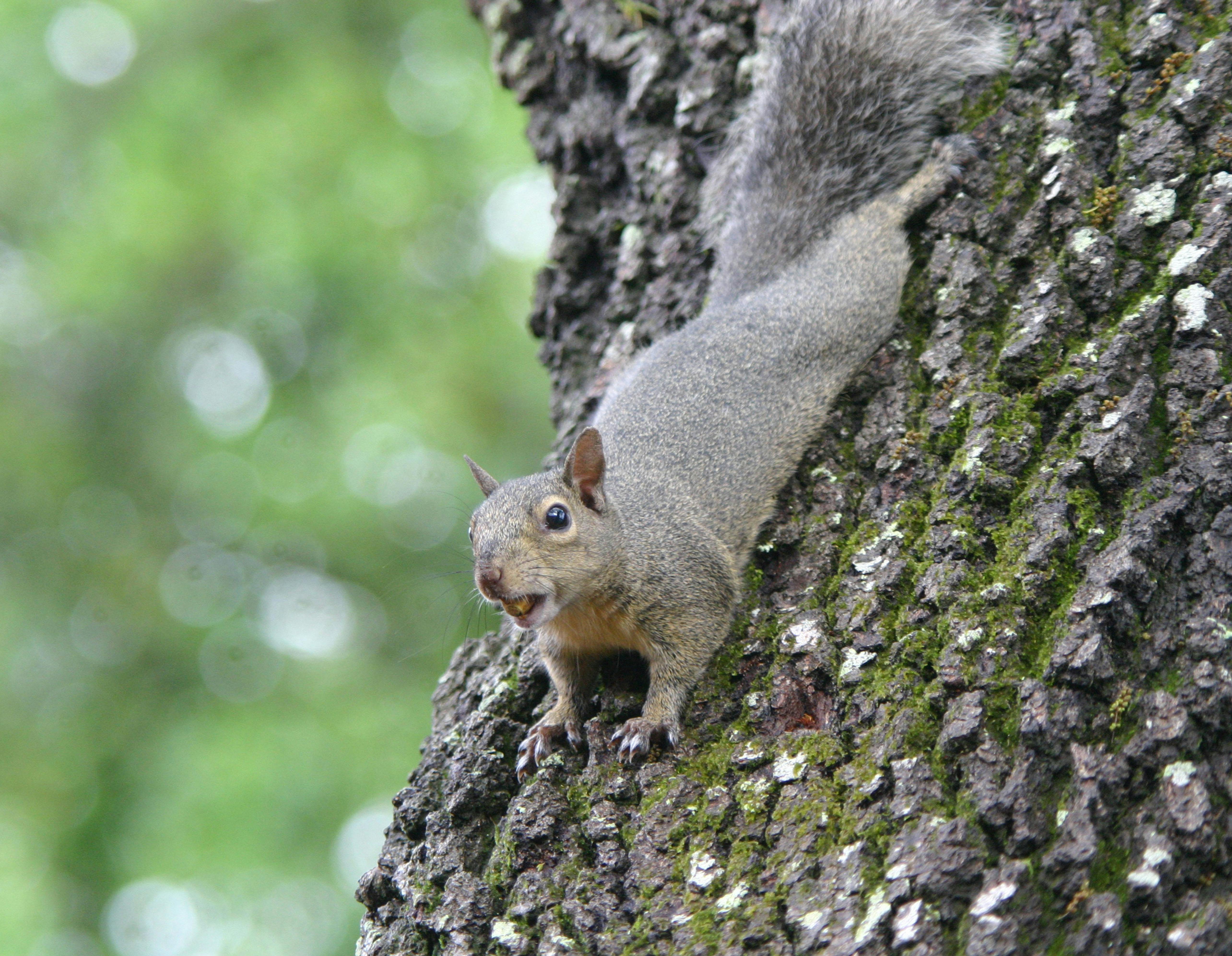Apply Now
Smart Ways to Understand Rabbit vs Hare Differences
Understanding the differences between rabbits and hares is essential for both avid animal lovers and casual observers. These two species, often mixed up due to their similarities, have distinct characteristics that set them apart. In 2025, as we delve deeper into animal biology and ecology, the importance of grasping these differences becomes ever more crucial. This article will explore the various aspects of rabbits and hares, from their habitats and breeding behaviors to their food preferences and physical characteristics.
Rabbits and hares belong to the same family, Leporidae, but they exhibit notable differences that influence their behaviors, breeding patterns, and ecological roles. By comprehensively understanding these differences, we can advocate for better conservation strategies and appreciate the unique traits of each species. Our roadmap will cover their anatomical differences, lifecycles, habitats, and much more—a must-read for anyone interested in learning more about these fascinating creatures.
Here are some key takeaways you will discover in this article:
- The anatomical and behavioral differences between rabbits and hares.
- How their habitats and diets differ based on ecological adaptations.
- The implications of these differences in terms of conservation and species management.
Key Anatomical Differences Between Rabbits and Hares
Building on the foundational concept of rabbits and hares being different species, it is crucial to explore their anatomical features. Understanding these features will help us identify each animal in the wild and appreciate their adaptations for survival.
Rabbit Anatomical Features
Rabbits typically have a more compact body structure compared to hares. Their shorter hind legs and smaller ears are characteristic traits. Rabbits also have a more rounded face and are generally smaller, with many domestic rabbit breeds weighing between 2 to 7 pounds. Their anatomical features are adapted for burrowing and living in warrens, making them suitable for habitats that offer safety from predators.
Rabbits possess a unique digestive system designed to process high-fiber foods, allowing them to break down grasses and greens effectively. Their teeth continually grow throughout their lives, necessitating the constant chewing of fibrous material to keep them worn down. Additionally, rabbits have keen hearing and can detect subtle sounds, aiding their survival in the wild.
Hare Anatomical Features
In contrast, hares boast longer hind legs and larger ears, making them swift and agile. A typical hare can weigh between 4 to 12 pounds, with some species, such as the European brown hare, exemplifying this size variance. Their elongated bodies and strong limbs enable them to run at remarkable speeds, as an adaptation to evade predators.
The hare's fur is often denser and richer during the winter months, providing insulation against cold temperatures. Their physiological structure also allows for more powerful and sustained running, suited for open habitats. Unlike rabbits, hares do not burrow; instead, they create shallow nests in tall vegetation.
Understanding Rabbit and Hare Lifecycles
Understanding the lifecycle of both rabbits and hares reveals more about their reproductive strategies and adaptability.
Rabbits typically have a short gestation period, averaging around 30 days, and can give birth to multiple litters each year. These young, known as kits, are born hairless and blind, requiring significant parental care. As they mature, they are weaned at around four weeks old and become independent at about eight weeks.
Conversely, hares, with a gestation period of about 42 days, tend to have fewer young per litter. The leverets, or young hares, are born fully furred and with their eyes open, which allows them to move quickly and evade predators from an early age. These differences in reproduction showcase how each species has adapted to thrive in their respective environments.
Differences in Habitat Preferences
With a solid understanding of anatomy and lifecycle, we can now explore the habitat preferences for both rabbits and hares. This section will highlight how each animal's environment plays a crucial role in its survival strategy.
Rabbit Habitat and Adaptations
Rabbits are commonly found in a variety of environments, ranging from forests to grasslands, but they primarily prefer areas that provide ample cover. Their burrowing behavior allows them to create extensive networks of tunnels that serve as protection from predators. The availability of food sources, including grasses and plants, directly influences rabbit distribution.
Rabbits also require regions with moist soil, as it aids in digging their burrows and finding food. Their habitats commonly include brushy edges, meadows, and areas with dense vegetation to escape from threats. Understanding rabbit habitats aids in conservation efforts aimed at maintaining these essential environments.
Hare Habitat and Adaptations
In contrast, hares thrive in open areas such as fields, grasslands, and woodland edges. They are more versatile in their habitat preferences, making them adaptable to various landscapes. Unlike rabbits, hares do not create burrows; they rely on their speed and agility to escape threats.
Hares prefer environments with sparse vegetation, allowing them to spot potential dangers while also providing them with adequate food sources. Their need for open spaces is crucial for their survival, as it directly relates to their ability to run quickly when fleeing from predators.
Ecological Roles of Rabbits and Hares
Both rabbits and hares play significant ecological roles within their respective environments. They are primary herbivores, contributing to seed dispersal and the growth of various plant species. Their grazing habits regulate the health of grasslands and promote biodiversity. Additionally, they serve as prey for a range of predators, supporting the food chain.
Understanding these ecological roles emphasizes the need for conservation strategies that focus on maintaining healthy populations of both species to support ecosystems.
Behavioral Differences Between Rabbits and Hares
Exploring the nuanced behaviors of rabbits and hares offers insight into how these species interact with their environments and each other.
Rabbit Social Behavior and Communication
Rabbits exhibit strong social behaviors and often live in groups. Communication between rabbits involves a range of vocalizations, body language, and pheromones. Their social structures help them to thrive in the wild, as group living offers protection against predators.
Rabbits will often mark their territories with scent, utilizing pheromones to communicate with others. Understanding these behaviors is vital for pet owners, as they need to create an engaging environment that simulates natural social interactions.
Hare Social Behavior and Communication
Conversely, hares are more solitary and do not typically form large groups. Their communication often revolves around vocalizations and physical displays during mating behavior. Hares do meet for breeding, but otherwise, they remain less socially interactive compared to rabbits.
This solitary nature impacts their methods of communication and behavior, reflecting their general adaptations for survival in more open habitats.
Rabbit and Hare Exercise Needs
Both rabbits and hares require regular exercise but do so in different ways. Domestic rabbits need daily interaction and space to run and play to prevent obesity and maintain healthy mental states. Providing safe play areas can improve their well-being.
Hares, on the other hand, naturally engage in vigorous running and jumping, which sustains their agility and overall health. Understanding these exercise needs can guide pet care practices and conservation strategies for their wild counterparts.
Conservation and Threats to Rabbits and Hares
With building environmental concerns, conservation efforts for both rabbits and hares have never been more vital. This section will delve into the threats faced by each species and underline current conservation strategies.
Threats to Rabbit Populations
Rabbits face various threats, including habitat loss due to urbanization and agriculture. Pollution and pesticide use also pose significant risks. Understanding these threats can inform conservation strategies that aim to protect rabbit habitats and preserve their populations.
Specific conservation laws seek to safeguard rabbits and their ecosystems by promoting habitat restoration efforts and supporting biodiversity initiatives.
Threats to Hare Populations
Similarly, hares encounter challenges such as habitat disruption and hunting pressures. In some regions, hunting hares is regulated to prevent overpopulation and maintain balance within ecosystems. Conservation efforts are essential to protect hare habitats and promote awareness about the ecological importance of these animals.
Implementing habitat conservation programs and responsible hunting laws will help ensure the sustainability of hare populations, thus benefiting the ecological balance.
Conservation Strategies for Rabbits and Hares
Conservation strategies for both species should focus on habitat protection, education, and community involvement. Raising awareness about the ecological roles of rabbits and hares can motivate action against practices that threaten their survival. Involving local communities in conservation efforts can lead to sustainable practices that balance ecological health and human activities.
Conclusion
In conclusion, while rabbits and hares share some similarities as members of the Leporidae family, their differences are profound and essential in understanding their roles in our ecosystems. From anatomical features and habitat preferences to behavioral traits and conservation needs, recognizing these distinctions allows for better appreciation and preservation of both species.
Continued research and education about rabbits and hares will play a crucial role in ensuring their survival, making them a fascinating subject for animal lovers and conservationists alike.




